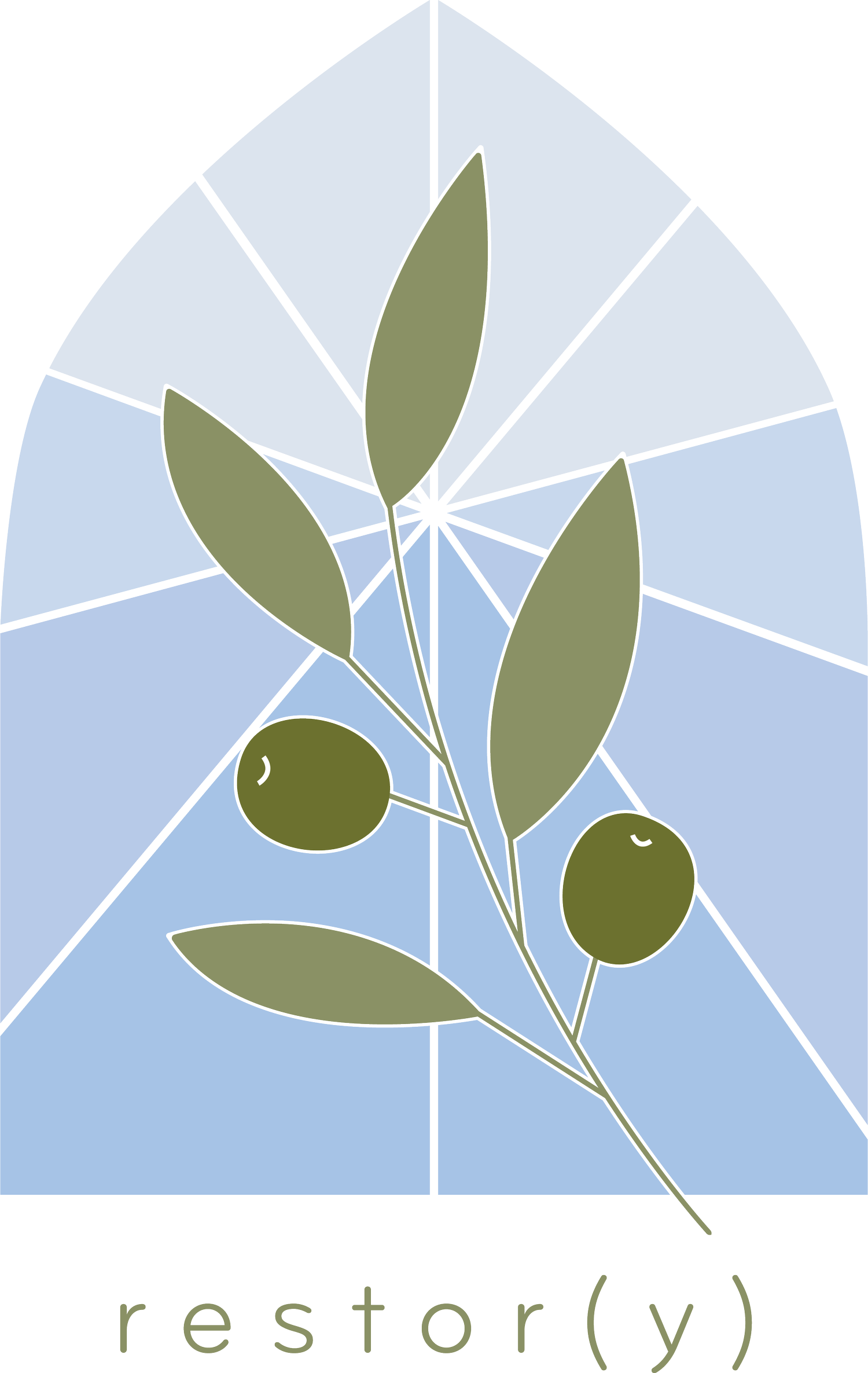The God Who Moves
One does not need to look around for long before discovering that the world is full of both suffering and joy. Death and life intermingle in hospitals where babies awaken to the world with their first cry and the sick breath their last breath. Darkness and light, suffering and joy, a series of seemingly opposites all held together begging the question, what will have the last word? Death appears to possess the most finality. All things die. Does this mean all things end in suffering? Are joy and life all temporary, fleeting glimpses of goodness? Or is there something more? The Christian church is built upon what is known as the gospel. This English word, “gospel” comes from the Greek word meaning “good message.” What good message can come to a world in which death seems to possess the last word? Thankfully, it is precisely to such a world that the gospel of Jesus speaks, and it speaks of hope and restoration. It is a transformative story that reaches into the darkest places and brings healing. This is because it is a story that was not merely told but embodied by God, its author and protagonist. The movements of God throughout the gospel narrative demonstrate a transformative power of presence that restores broken identities, mends ruptured communities, and heals a hurting creation that is groaning for relief.
Over the next several weeks, we will take a closer look at the gospel. As we do so, we will together discover the movements of God that allow this narrative to truly be a restorative good news story.
Movement One: Create
In the beginning of this good news story, God chooses to create. His first move as author and leading actor in this tale is to speak life into existence. Contrasting to other origin stories in which humanity is created to be slaves of the divine, here they are created to be in relationship with God their creator. The foundation of this loving relationship is the trinity, the relationship between the Father, Son, and Holy Spirit in which all are separate yet, in a grand mystery, one with the others through a mutual self-emptying. This relationship is referenced in Genesis 1 where God is heard saying, “Let us make humankind in our image.” The usage of “us” and “our” alludes to the trinity, and it is out of this relationship that humanity and all of creation is formed. From the very outset of this good news story, all things exist in the context of relationships. Here one discovers the central human identity, they are relational image bearers of God who are formed through relationship with one another, the created world, and their creator God. God’s original design for humankind is that they would be, “Communing with the Triune God, with one another, and with nature, (their) spirits maintained their harmony with God’s Spirit…” (Bob Schuchts, Be Healed). With this in mind, the core human dilemma is anything that breaks this harmony. Broken relationships, or disconnection, define every place of suffering or darkness experienced by humanity. For this reason, it is important to recognize that every move of God in this gospel narrative is one that moves towards restored relationships.
By creating humankind out of relationship and for relationships, God’s first movement in this gospel narrative possesses wonderful transformative power of presence. God begins this story by being intimately present with his creation. By creating humankind in his image, an image endowed with relationality as seen in the trinity, God places a desire for relational union between all things into the very heart of humanity. This desire for deep communion stands at odds with the suffering and brokenness often encountered in the world today. By recognizing that God’s original intent for his creation was one of whole relationships, any ruptured relationships represent the central human dilemma faced by all. Every death that interrupts life, every abuse that diminishes the humanity of another, every act that brings destruction to the natural world, breaks the harmonious relationships seen in God’s original intent for his creation. The suffering experienced by trauma victims has been defined as a shattering of identity that destroys an ability to relate to one’s community. Abuse exists only in a world where relationships are less than whole. The misuse of creation exists only in a world where the harmonious relationship between humanity and creation is forgotten. The disparaging of self or the exulting of self above others exists only in a world where relationships between humankind and God are forsaken. It is into the void created by broken relationships that God speaks and declares that restoration is possible. It was for wholeness that all was created, and it is towards wholeness that God will continue to move.
